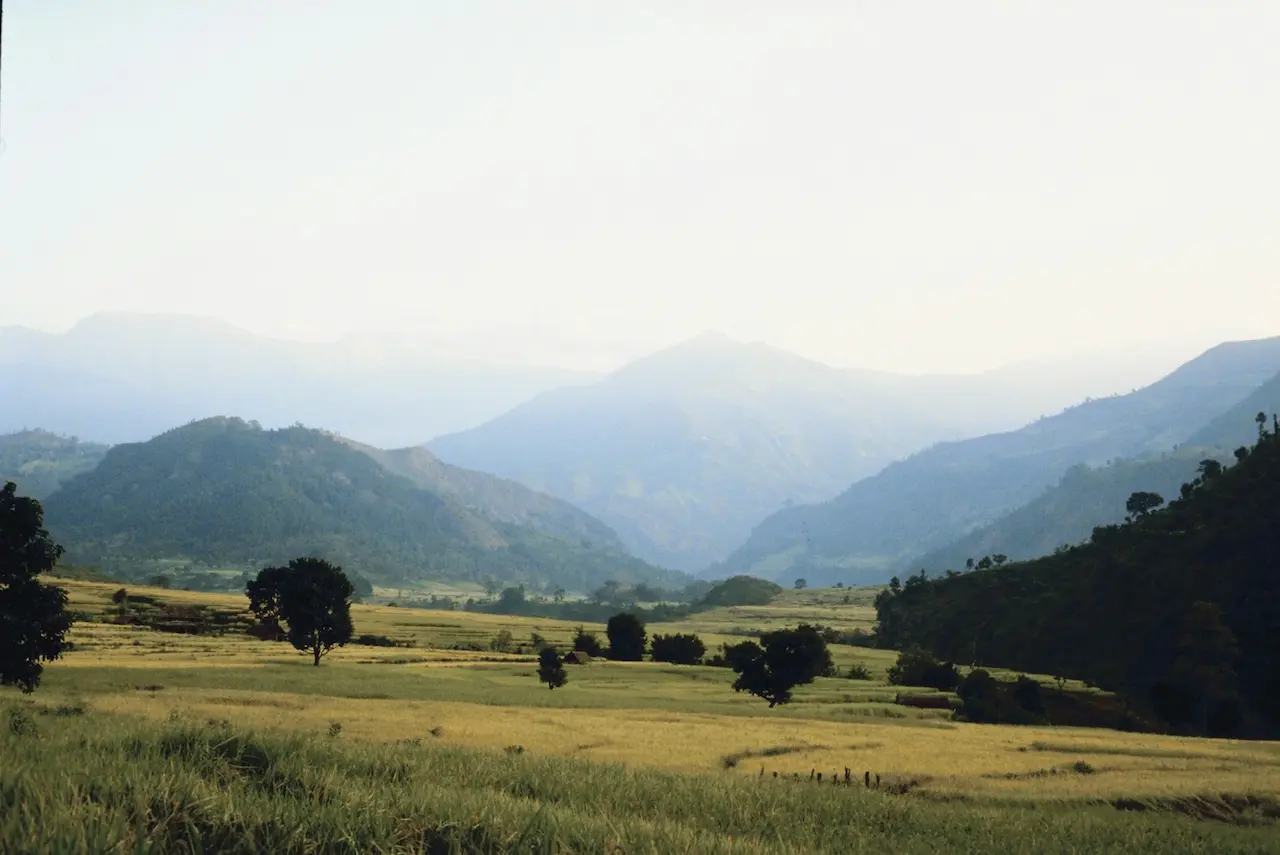Heritage Buildings To Visit In Victoria & Melbourne
Victoria is home to some of Australia’s most iconic heritage buildings. With architectural styles ranging from Victorian and Edwardian to Art Deco, these historic places offer a glimpse into the state’s past.
From grand public buildings to humble workers’ cottages, a heritage building walk is a must for any visitor to Victoria. Here are nine not-to-be-missed heritage sites across the state.
Table of Contents
Toggle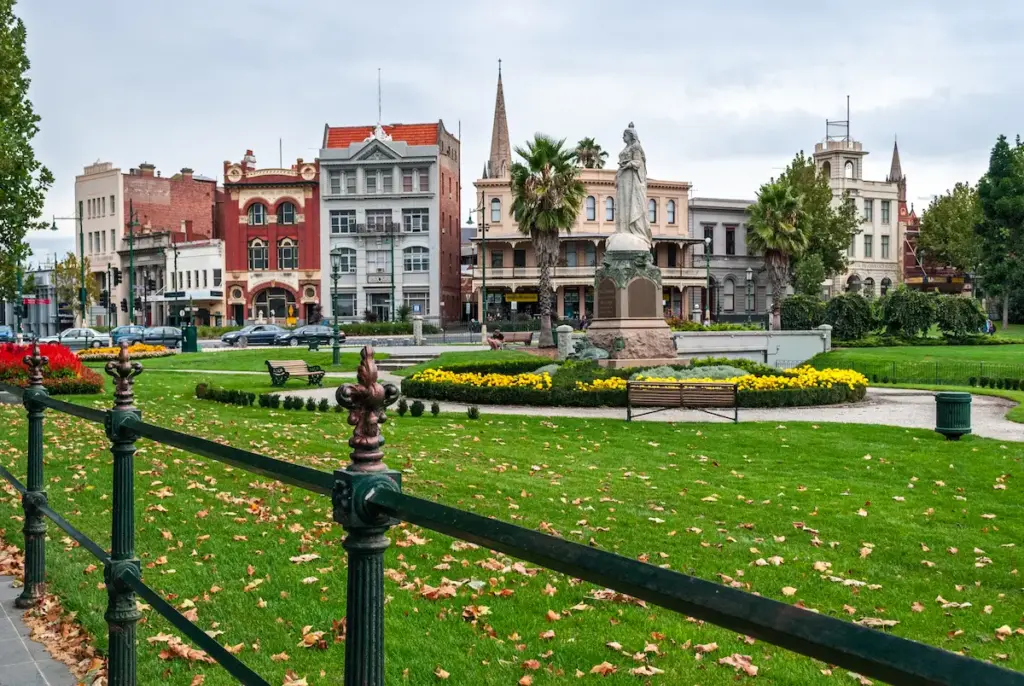
Como House and Garden
Como House, located in the Melbourne suburb of South Yarra, is an exceptional example of early colonial architecture in Australia and a reminder of Melbourne’s transformation in the 1840s. The house was built in 1847 and features a Georgian-style two-story mansion made from sandstone. It was the family home of Edward E Williams, an early settler who became a squatter and successful business person.
The expansive gardens contain a magnificent collection of trees dating back to the 1850s, including conifers, palms, cypress and swamp cypress trees. Visitors today can take a tour of the stylishly furnished historic home and view the garden glory or dine at the cafe set amongst heritage rose gardens. Como House offers an insight into the daily life of Melbourne’s successful pre-gold rush settlers.
Werribee Park and Mansion
Situated on the Werribee River, the Werribee Park is a 425-hectare pastoral estate featuring formal gardens, native woodlands, grazing land, wetlands and abundant wildlife. The centrepiece Italianate mansion was constructed in 1877 for the wealthy Chirnside family who were prominent local landowners and politicians.
Designed in an ornate classical style, the mansion features elaborate plaster decorations, carved stonework and impressive columned porticos. Tour the 40-room mansion to see Victorian-era furniture, portraits and ornaments that reflect the lives of Victoria’s wealthy pastoralists.
Visitors should also experience Werribee Open Range Zoo located within the grounds, take guided nature walks and observe grazing cattle.
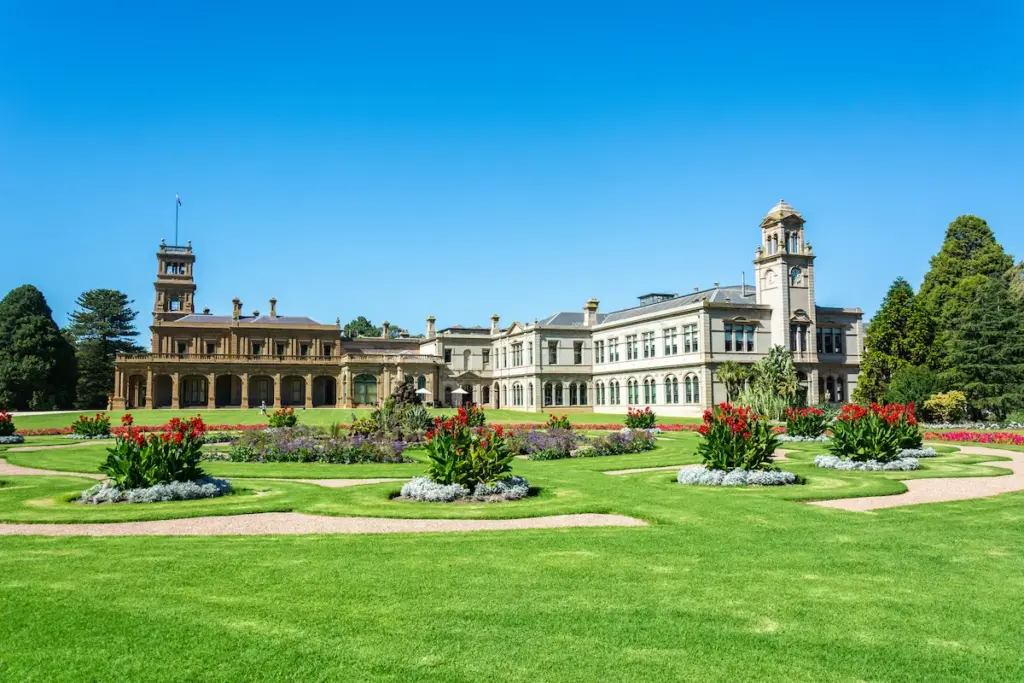
Royal Exhibition Building
Constructed in 1879 for Melbourne’s first world fair, the Royal Exhibition Building represents the grandeur and optimism of the Marvellous Melbourne era. This historic landmark heralded Melbourne’s emergence onto the world stage in the late 19th century. Designed by architect Joseph Reed in a Romanesque Revival style, the building features expansive arches, soaring domes, stone facades, and ornamental details.
The Royal Exhibition Building is the only surviving building of the 19th-century international exhibition movement. In 1901, the building was used for the opening of Australia’s first parliament, which hosted many significant events over the years. As the nation’s first public building to achieve UNESCO World Heritage status, the Royal Exhibition Building allows visitors to admire Melbourne’s vibrant past.
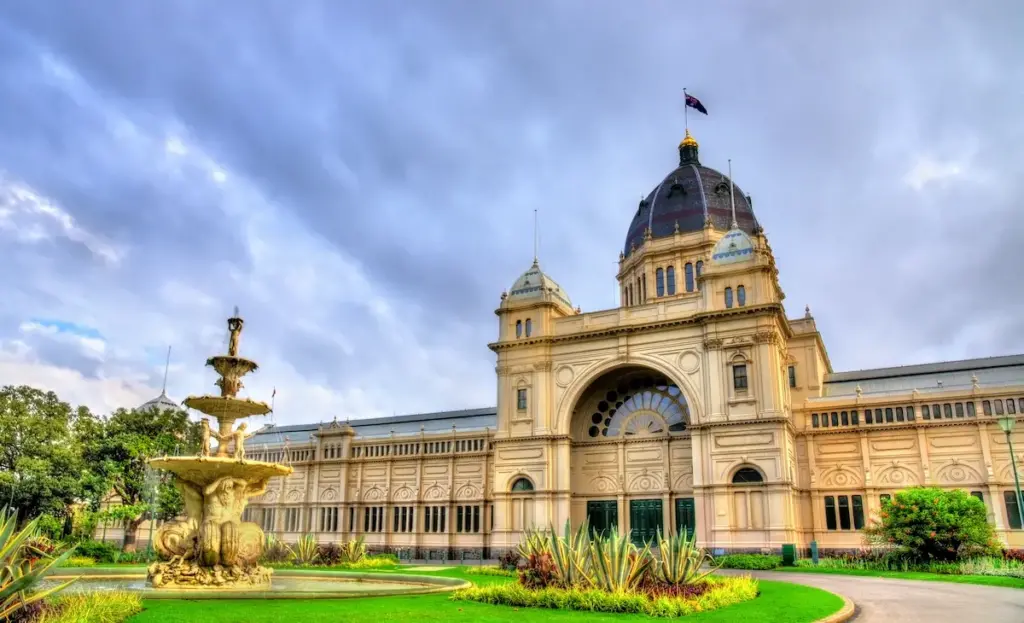
Shrine of Remembrance
Honouring the sacrifice of Victorians who served in wars and armed conflicts, the Shrine of Remembrance is an emblematic structure representing Melbourne’s commemoration of loss. The classically-inspired building sits prominently in Kings Domain with commanding views over the city skyline. Built from Tynong granite, its design consists of the Shrine proper, the Cenotaph, a stone-roofed crypt, a rayed sunlight corridor and an upper balcony.
Completed in 1934, the Shrine provides a peaceful sanctuary where visitors pay respects at daily commemoration ceremonies or take a guided tour through its galleries. The upper balcony offers panoramic views over Melbourne’s botanic gardens and the city skyline, a poignant reminder of lives lost protecting Australia’s freedoms.
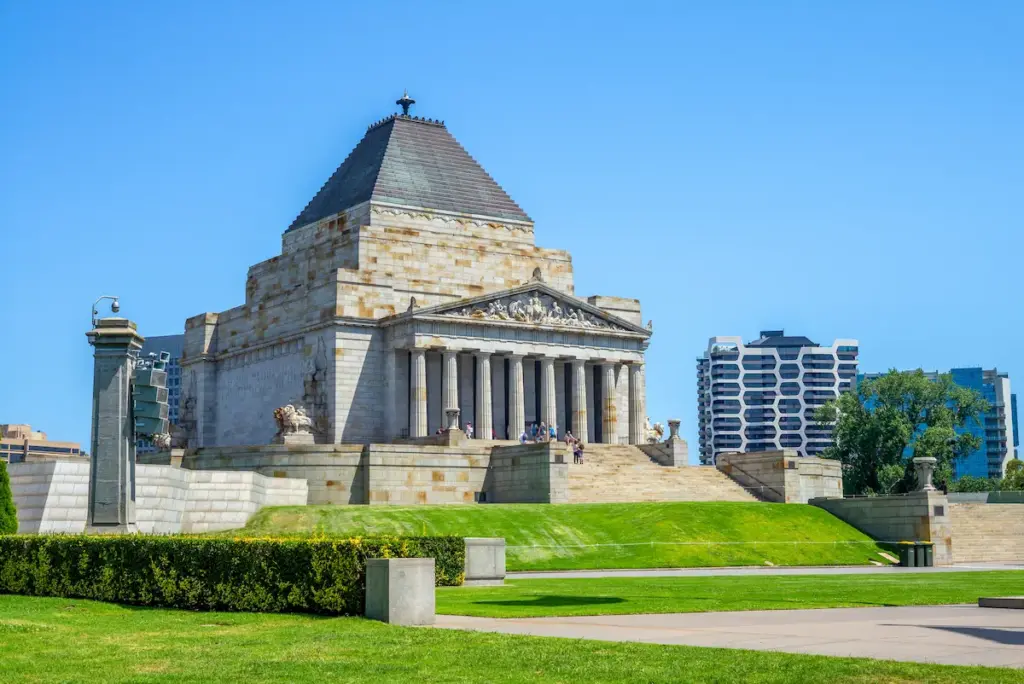
Old Melbourne Gaol
Marking a dark chapter in Melbourne’s history is the bluestone walls and grim death masks of Old Melbourne Gaol. Constructed in 1845, the prison was the destination for dangerous criminals, petty offenders and the mentally ill until its closure in 1929. Originally surrounded by high wooden barriers, the thick stone walls were designed by JJ Clark to force prisoners into silent contemplation.
Notorious criminals like bushranger Ned Kelly and serial killer Frederick Bailey Deeming met their fate at the gallows here. Presently offering historical tours day and night, the former courtyard gallows and cramped cells provide an insightful experience into early colonial justice in Melbourne.
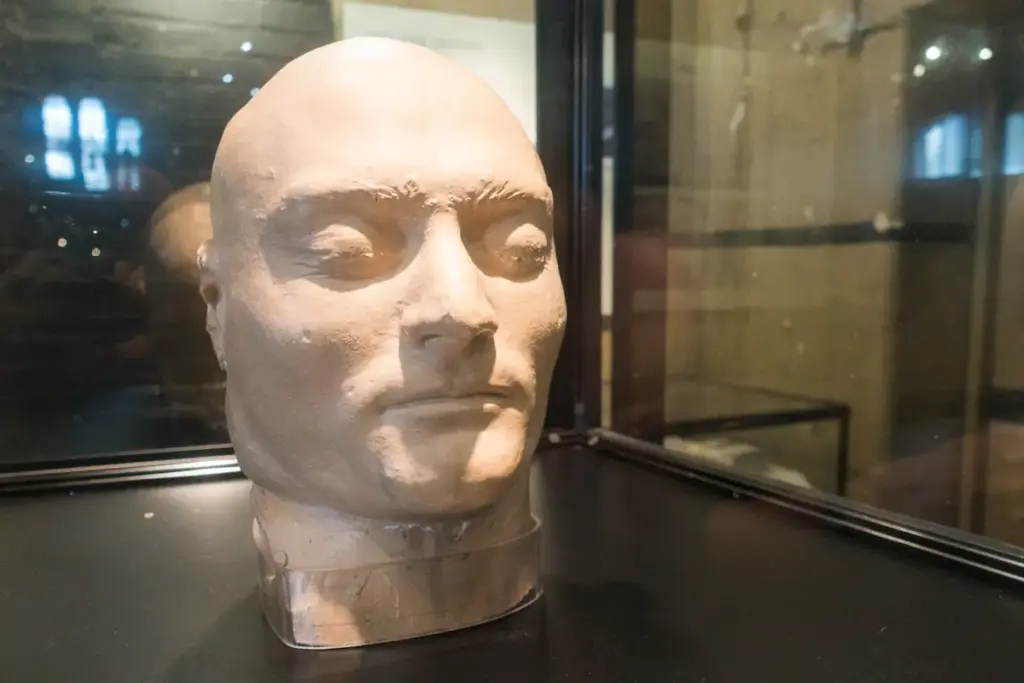
St Patrick’s Cathedral
Visiting St Patrick’s Cathedral in Melbourne is an uplifting experience offering spiritual solace and architectural magnificence. The heritage site has marked the cultural landscape of Melbourne since construction began in 1858. Built to serve Melbourne’s growing Catholic population, St. Patrick’s was inspired by the medieval Cologne cathedral in Germany.
At the grand entrance, imposing twin spires stretch over 100 meters to the sky, while three aisle vaults span the interior, completed by stained glass windows and polished Tasmanian blackwood pews. Wander through the gardens past a shrine to Irish famine victims and into the crypt housing the vaults of 10 former Archbishops. St Patrick’s Cathedral is both a house of worship and a historic icon representing the contribution of Irish migrants in Melbourne.
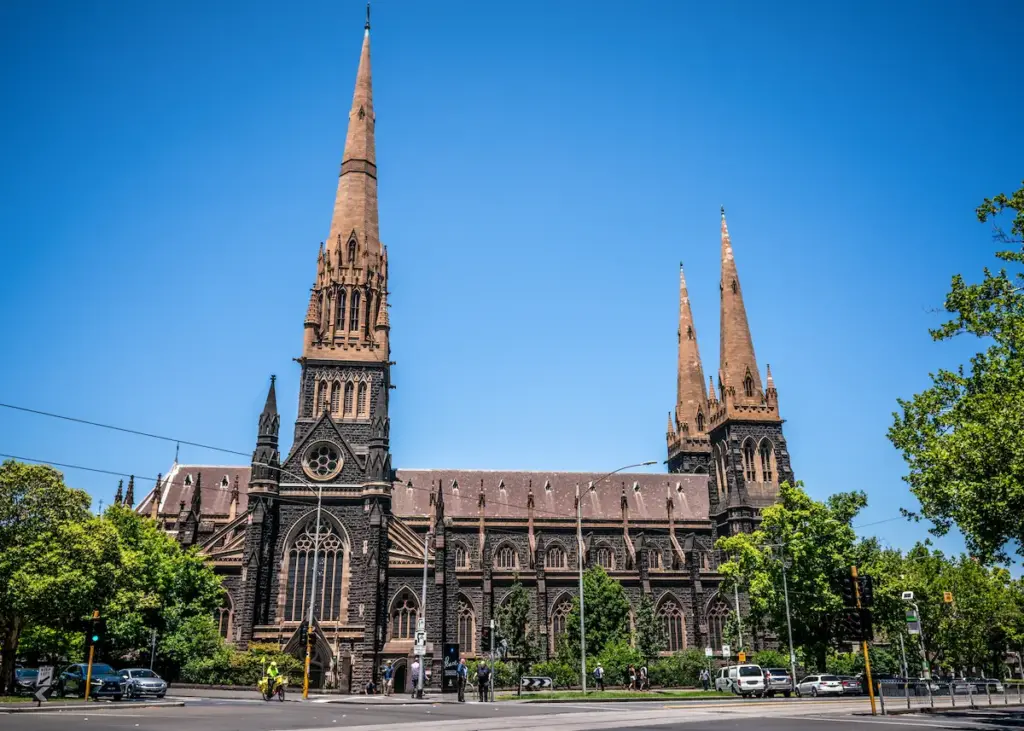
Altona Homestead
A window into the origins of Melbourne’s west lies within the bluestone walls and restored interiors of Altona Homestead. Built by pioneer settlers Alfred and Lucinda Laurie in 1842 on traditional Boonerwrung land, this single-storey cottage captures life on the early pastoral estates. Restored to its 1850s condition and surrounded by historical flower gardens, the homestead transports visitors back through two centuries of habitation built with quality building supplies.
Inside, displays recreate domestic scenes using furnishings owned by homestead residents, conveying stories of travel, family and romance. Take a self-guided audio tour, then pause for Devonshire Tea on the veranda or picnic amidst Victorian oaks and Monterey pines. As one of the few pastoral homesteads from this era, Altona Homestead is a rare survivor of Melbourne’s rural history.
Old Treasury Building, Melbourne
Constructed between 1858 and 1862, Melbourne’s Old Treasury Building is an imposing Neoclassical edifice that exudes authority. The sculpted pediments, Doric columns, and grand arched entrance were designed to convey the stability of the then-young British colony. Sandstone blocks rise three stories to create a Palladian facade, while a central rotunda with a copper dome acts as a crowning feature.
Originally functioning as Melbourne’s seat of government, the Treasury offices, cabinet room and vaults are now open to visitors. The fine interiors also feature ornate metalwork, intricate tile designs, and a magnificent central atrium. In this single building, one can discover Melbourne’s history, architecture, culture, and politics.
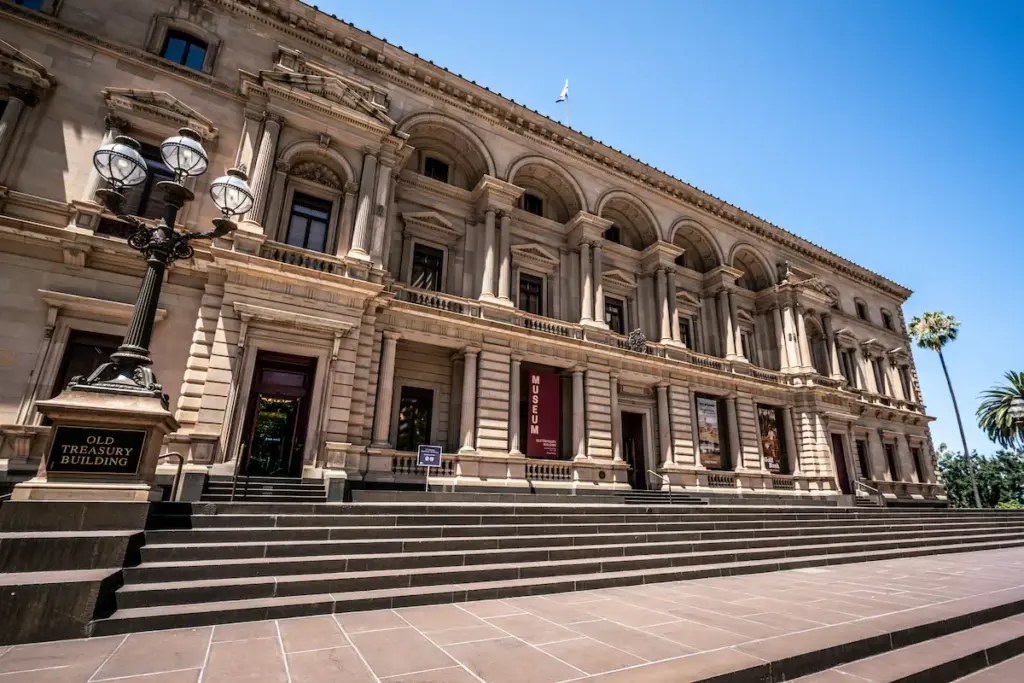
Walhalla
In the Victorian Alps lies the entire preserved township of Walhalla. First emerging as a thriving gold-mining settlement in the 1860s, Walhalla soon grew to house over 4,000 residents. A relic of the state’s gold rush era, the village remains a time capsule of early Victorian architecture.
Travellers can meander along the main road past an array of pubs, houses and shops in diverse period styles. Of particular note is the Star Hotel with its characteristic lacework veranda. Or take a train ride on the heritage railway to witness the valley’s spectacular wilderness scenery. Walhalla offers an authentic peek into the daily life of Australia’s intrepid pioneers.
Conclusion
Victoria’s heritage buildings allow locals and visitors alike to connect to the past. As Melbourne transformed from a fledgling colony to a Marvellous Melbourne to today’s vibrant metropolis, these sites bore witness to its rapid development. From the stately mansions of early settlers like Como House to icons like the Royal Exhibition Building, they reflect the prosperity, ingenuity and civic ambition of the era.
The humility of workers’ cottages, the grandeur of cathedrals and the grim fate at Old Melbourne Gaol reveal stories of everyday Australians. Heritage buildings teach us where we have come from – and their rich architecture and cultural legacy continue to inspire as Melbourne builds its future. By valuing these monuments, Victorians ensure the pioneers of the past are never forgotten.

